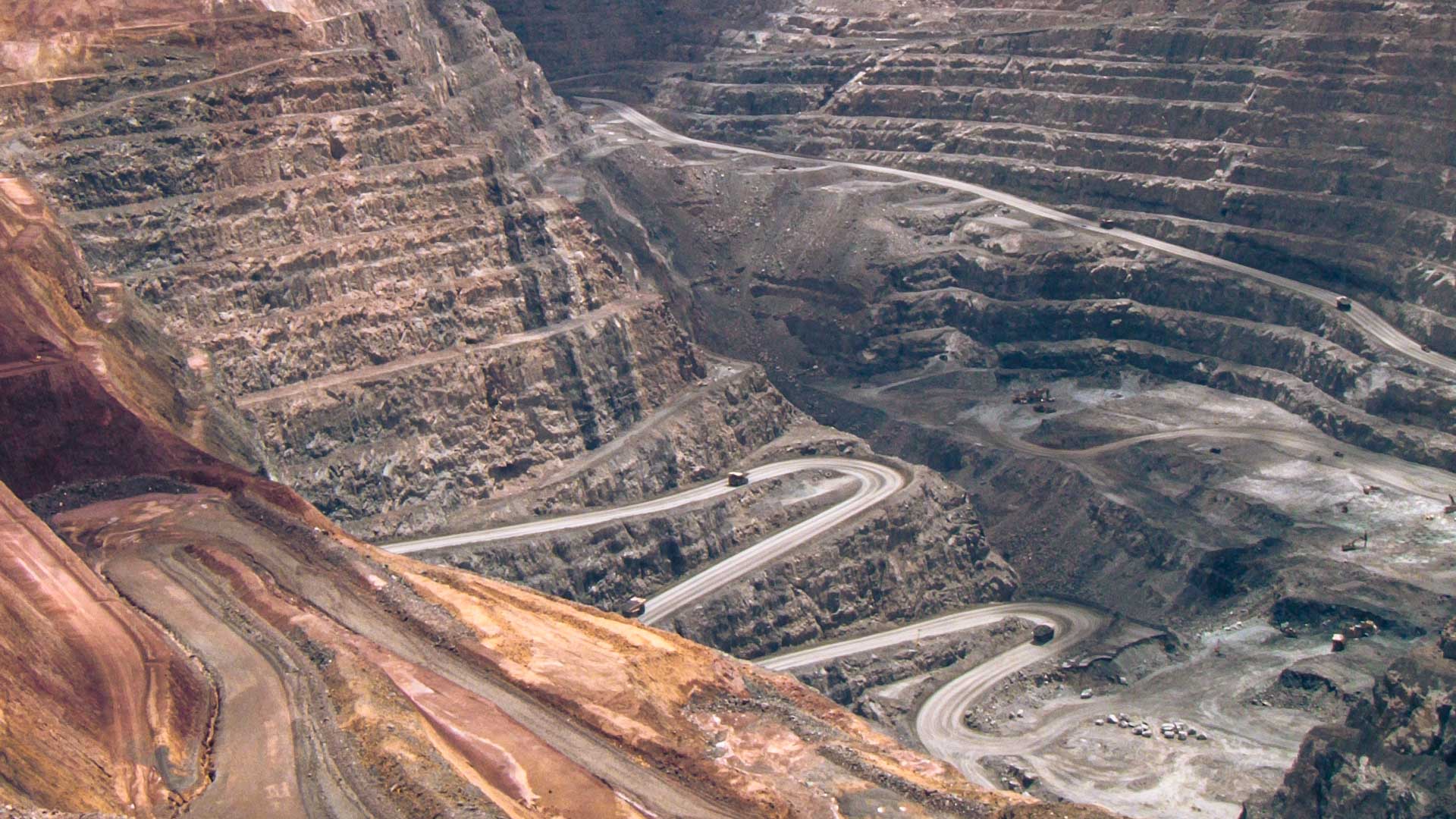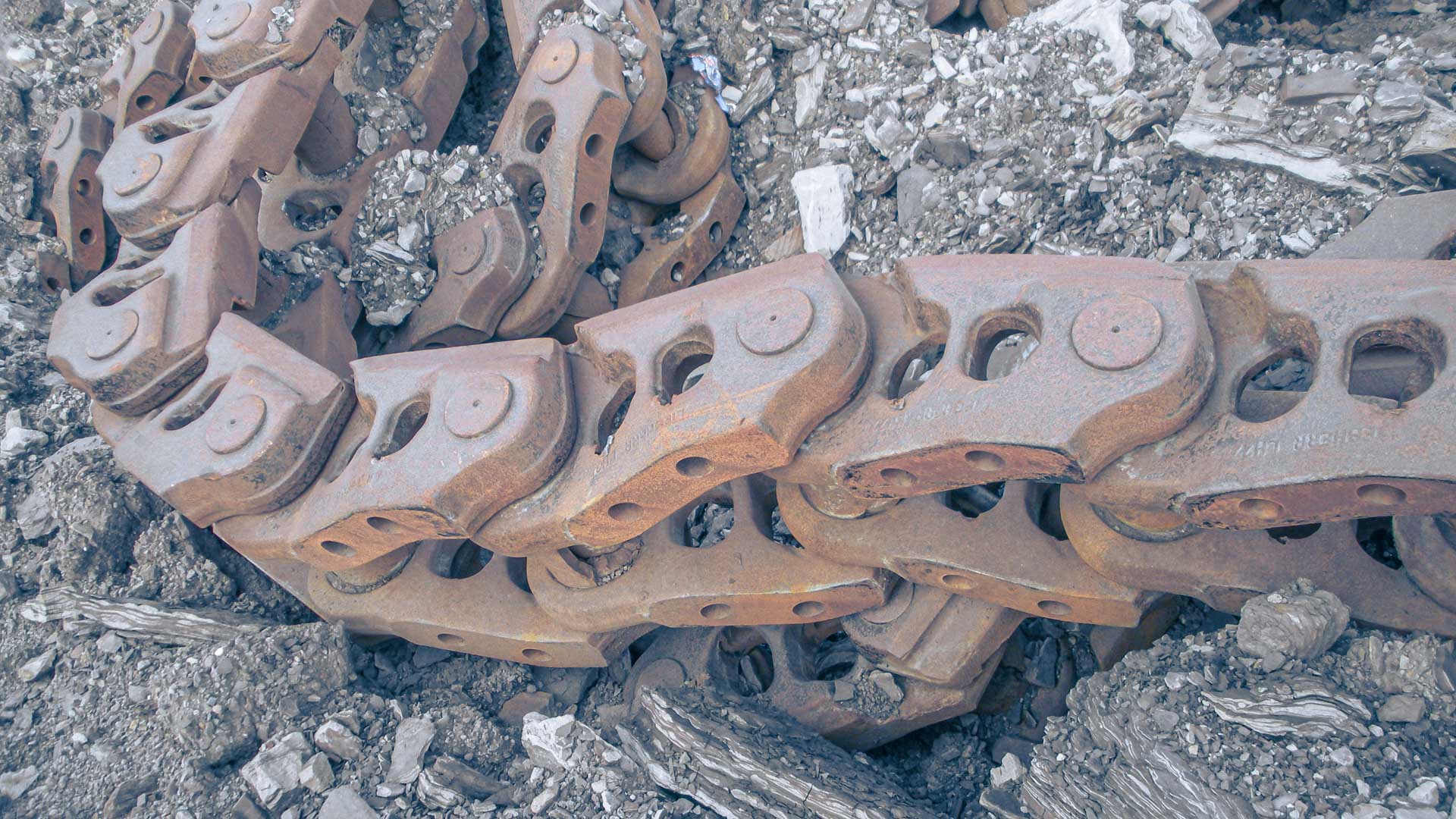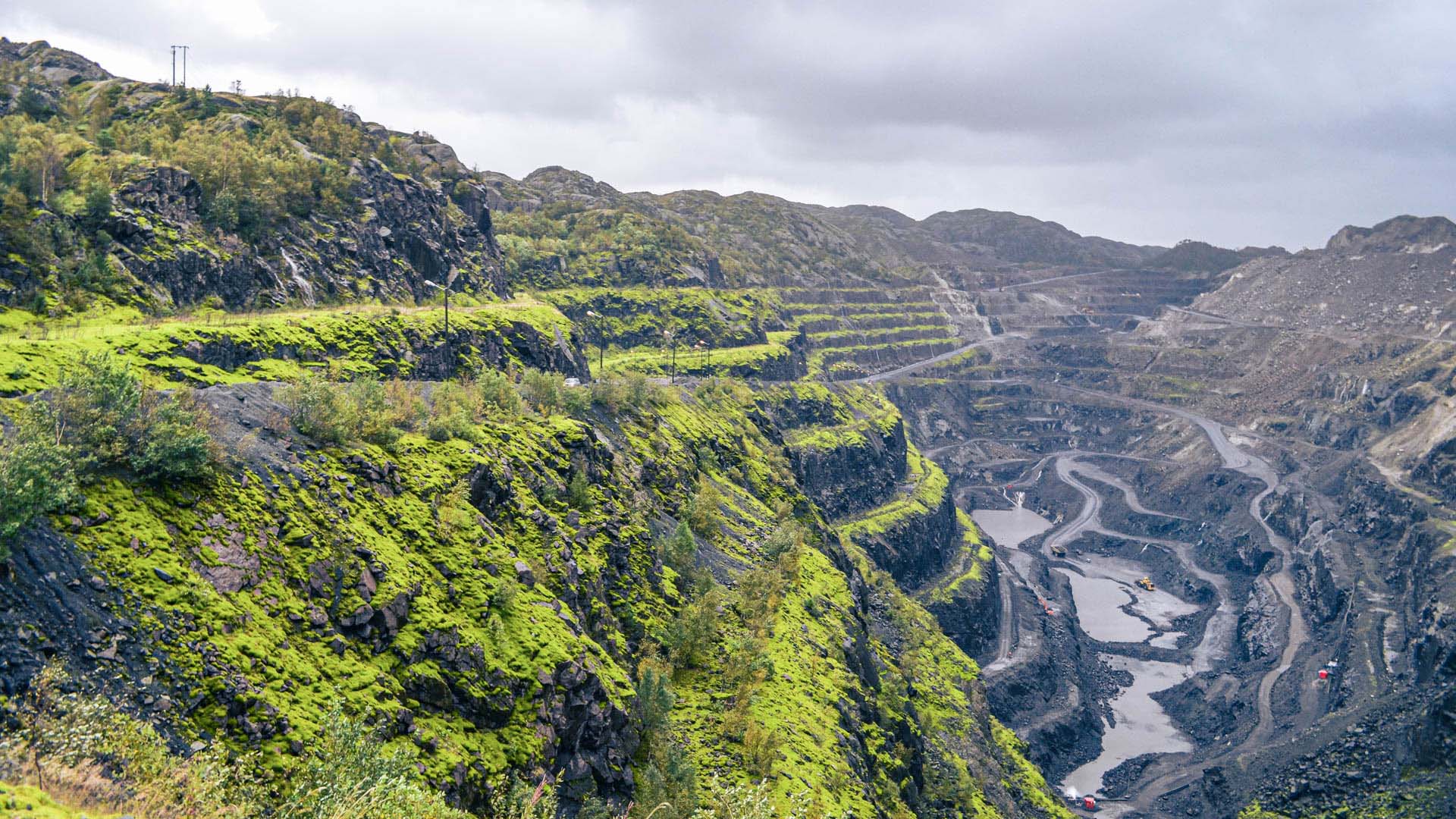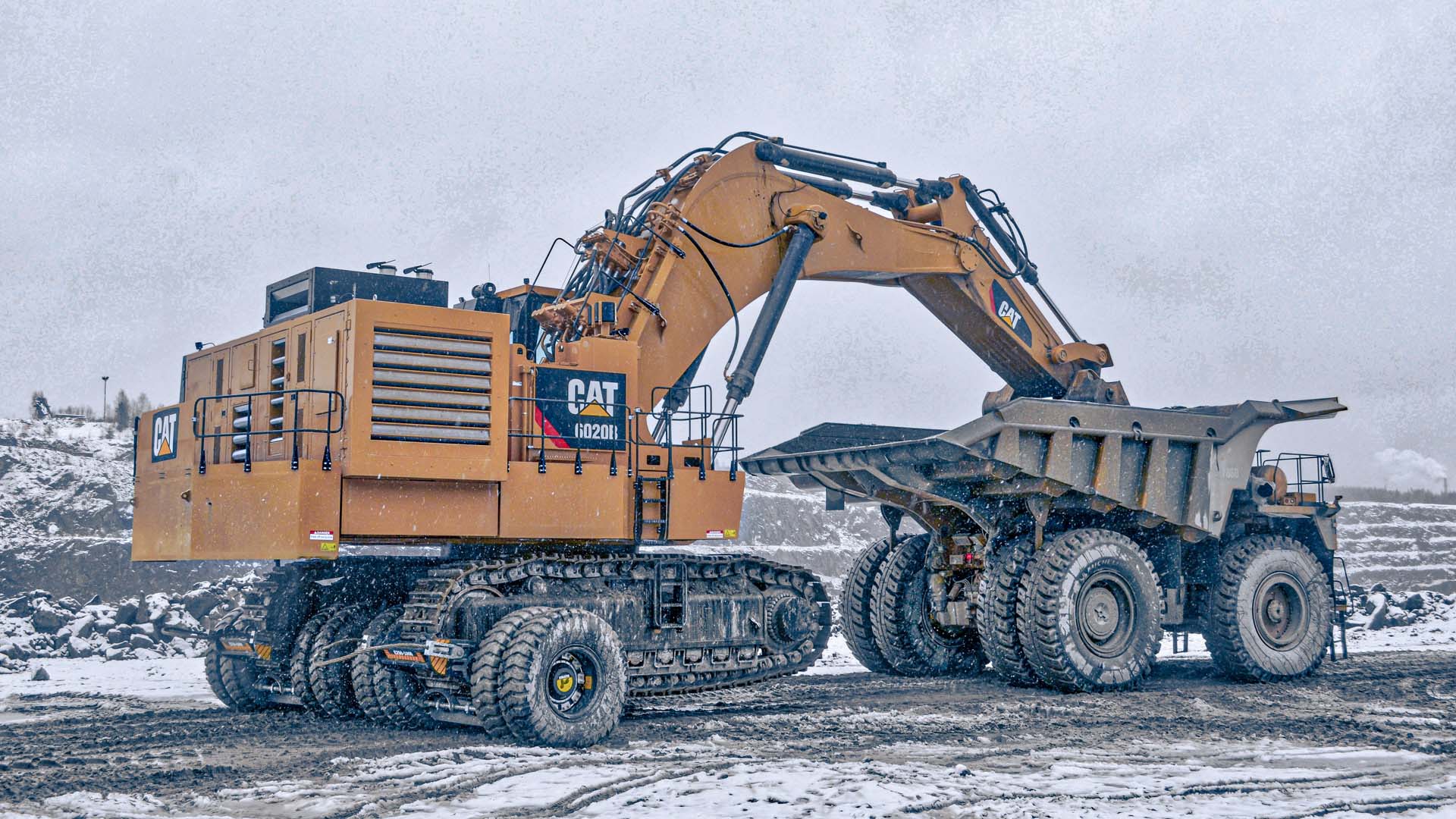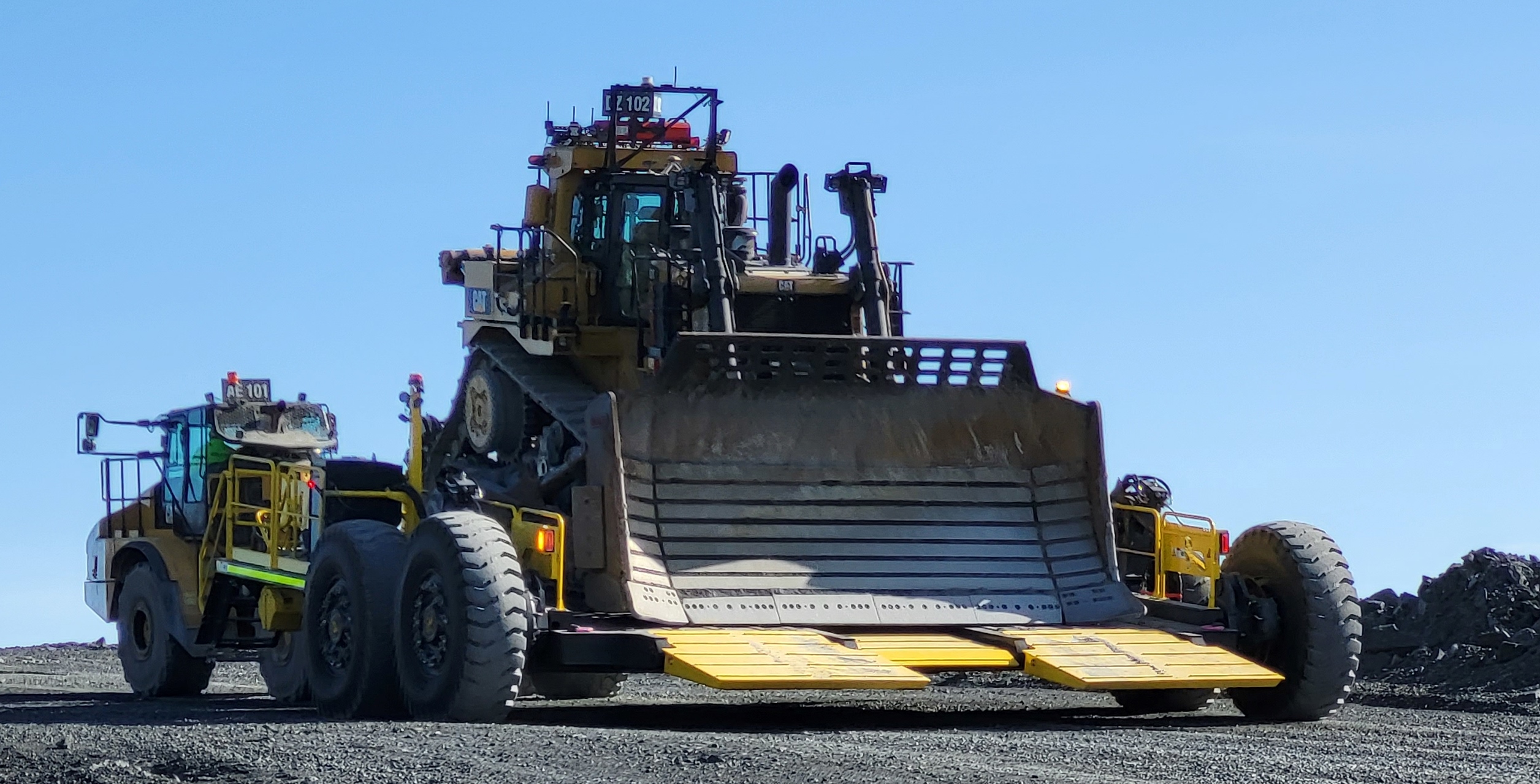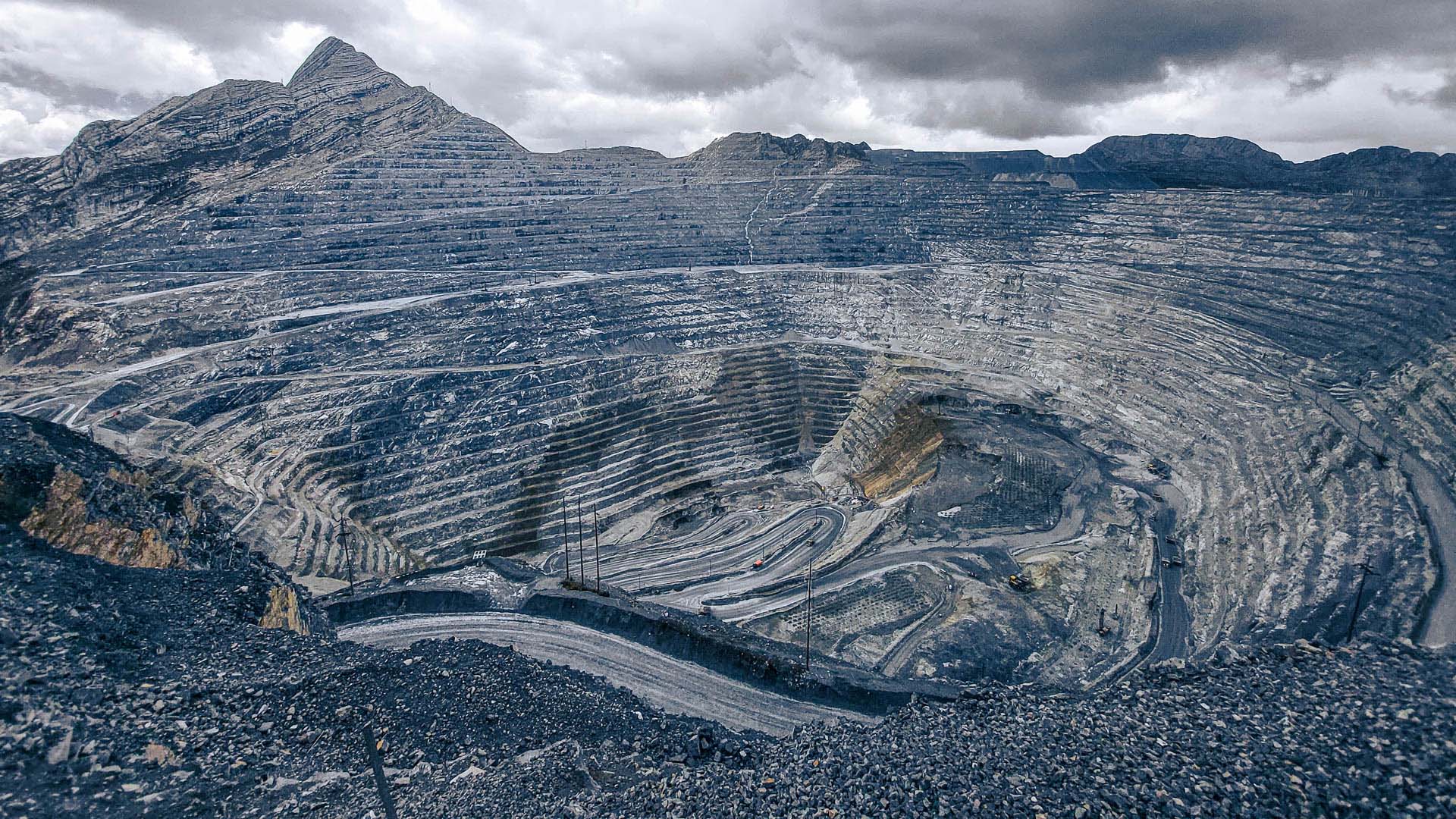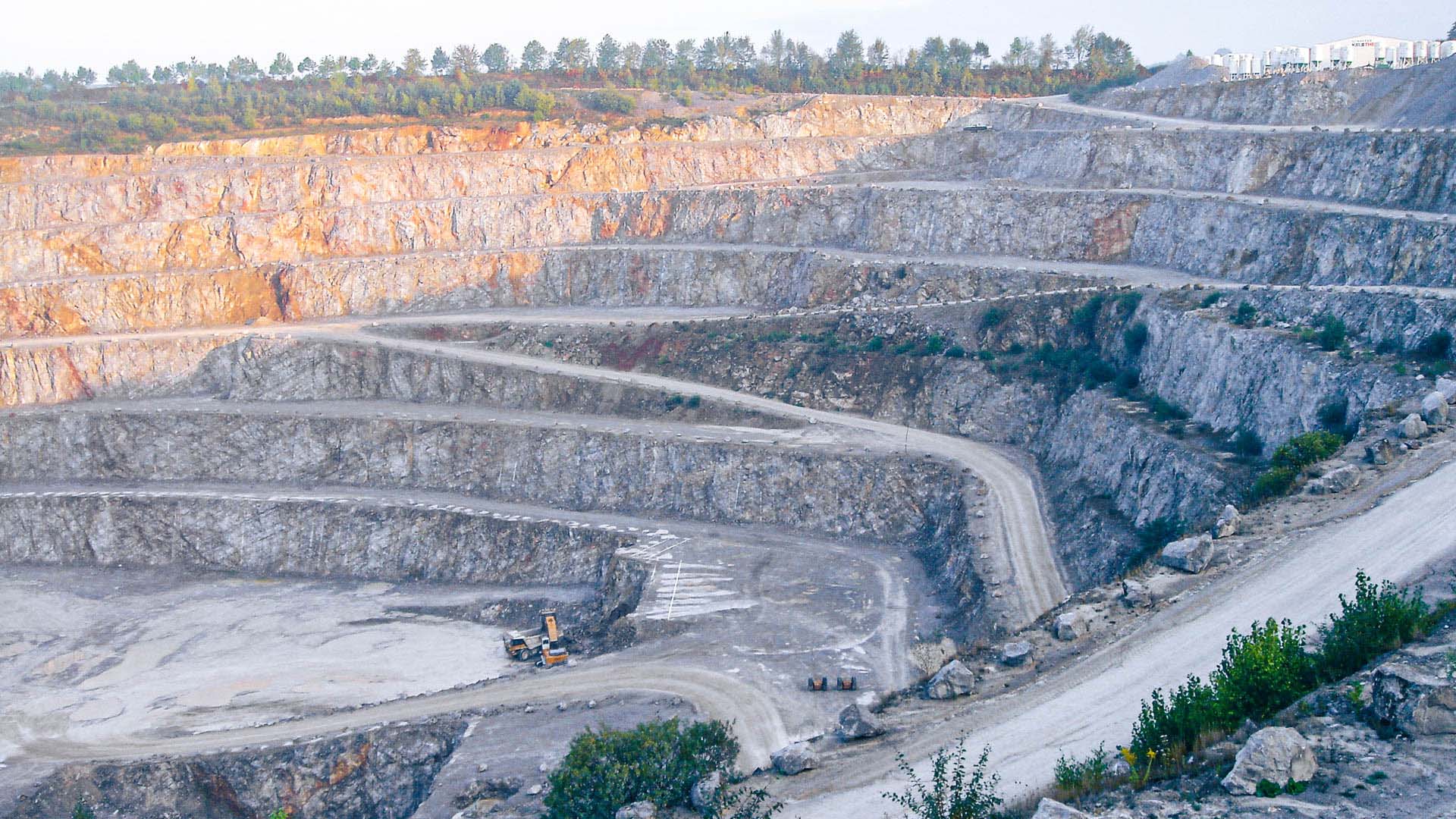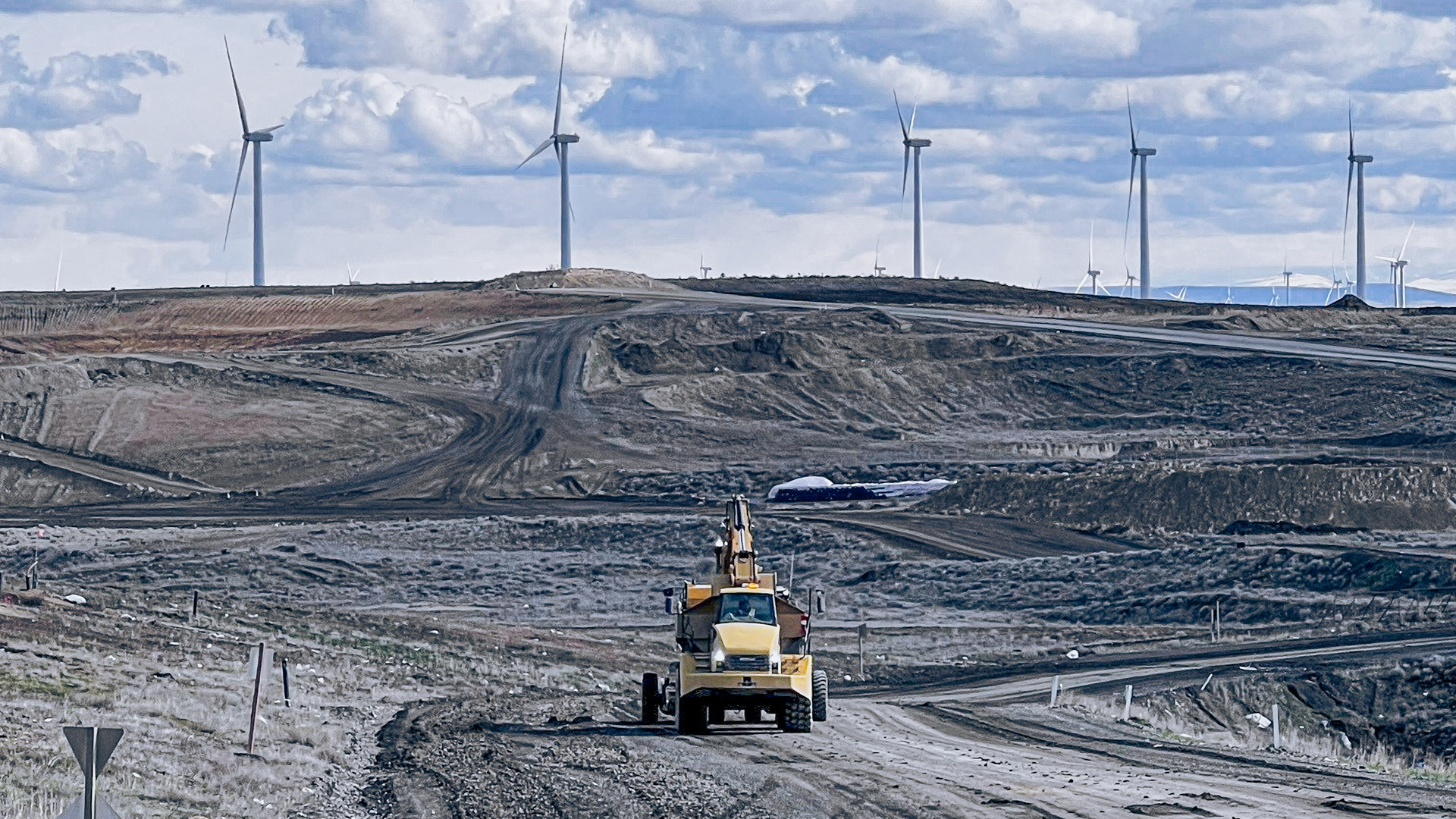Sleipner dollies and lowboy trailers revolutionize the mobility of your existing drills, excavators and dozers.
An hour of transport instead of eight hours of tramming. Workshop conditions instead of field repairs. Less undercarriage repairs. Better health records. This is what wheels of change can do – it’s like having extra machines and people working for you.
The wheeled advantage
Solutions
Benefits
Productivity
Your drill, excavator or bulldozer becomes dead weight when it is transported. With Sleipner dollies and lowboy trailers, you can reduce the tracked equipment transport times up to 85%. The reduced downtime results in a productivity increase of between 12 and 20%. It is like having an extra machine in your fleet, but without the extra cost.
Maintenance
Bumpy tramming is stressful for your machinery. With Sleipner dollies and lowboy trailers, you can double or triple the lifespan of the undercarriage. Your equipment can be taken to the workshop instead of resorting to risky field repairs. Other benefits include less repairs, at least 20% faster maintenance, reduced downtime and lower maintenance costs.
Sustainability
Less tramming reduces fuel consumption and CO2 emissions. Less onsite maintenance means a smaller risk of fuel or oil spillages. Safer working also means improved health records and more motivated personnel. Let Sleipner’s wheels of change improve the sustainability of your entire operation!
Services
When you work with Sleipner dollies and lowbed trailers, you are never alone. Our service network supplies all the original spare parts, expert support, qualified service and comprehensive training to help you use your Sleipner dollies and trailers in the safest and most productive way.
Applications
From mines and quarries to contracting sites, from wind farms to ports and earthmoving projects. Wherever excavators, bulldozers, drill rigs and other heavy machinery need moving, there is Sleipner – increasing productivity, reducing service costs and lowering greenhouse emissions.
